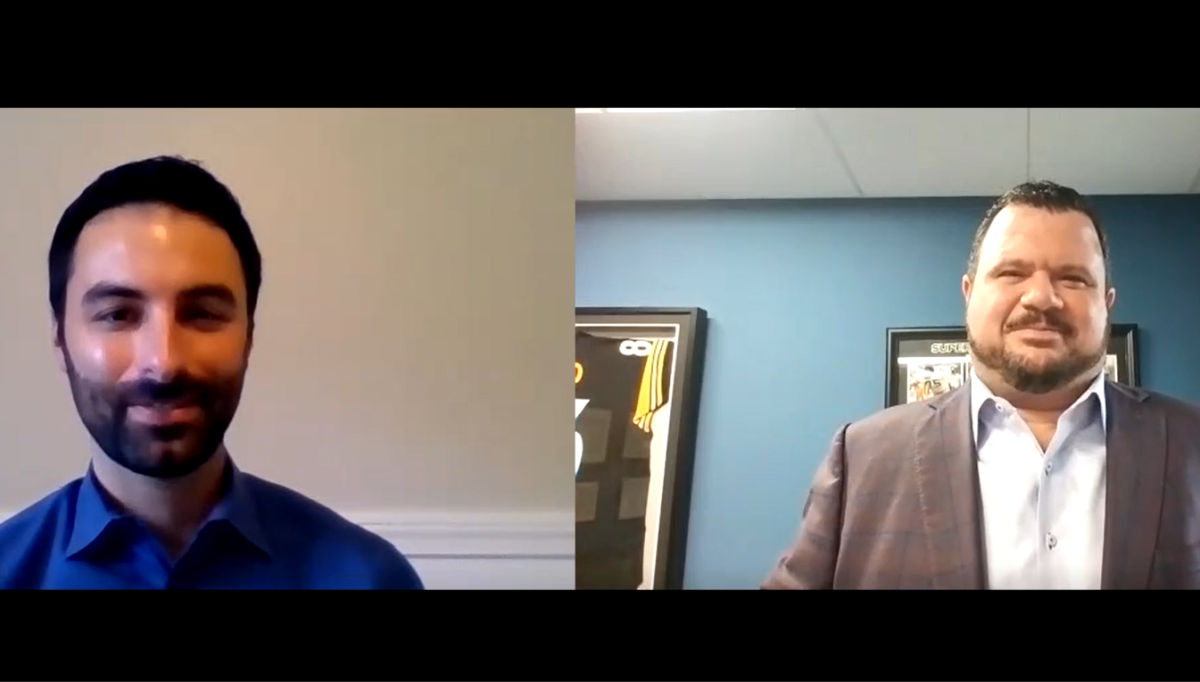PPP Forgiveness: 8 Versus 24 Weeks
If your business is applying for PPP Loan forgiveness, you are probably wrestling with the decision of whether to utilize the 8 week versus 24 week forgiveness period. Some businesses have a heightened sense of urgency to apply for forgiveness, but want to be prudent in ensuring that the maximum amount qualifies for forgiveness. There are a variety of factors to consider, and choosing the correct option will help maximize forgiveness.
LGA’s John Geraci and Matt Touma discuss some of the considerations affecting this important decision, including some potential blind spots with respect to the full time equivalent (FTE) provisions that could be the deciding factor when choosing your forgiveness period.
If you received PPP funding and would like to have some oversight on the forgiveness application and related supporting documentation that must be included with the application, LGA can help.
Learn about our three new service packages by clicking below or contact Mike Abramowitz to request a consultation.
—
Full Transcript:
[John]: Hi, this is John Geraci managing partner of LGA. And I’m here with Matt Touma today to talk a little bit about what’s been going on in the PPP environment. Thank you for joining me, Matt. So there’s been a lot of change and it’s been really, really busy, a lot coming out, kind of got quiet and they released some additional information with respect to, um, moving the eight weeks to 24 weeks. There’s still a lot of confusion. So I guess, big picture, um, what is this eight versus 24 week concept that they’ve, uh, they’ve come out with?
[Matt]: Yeah, so basically the Flexibility Act allowed businesses that received a loan for June 5th to actually choose, to keep the original eight week covered period, to spend all their PPP funds and apply for forgiveness or to elect a 24 week period, which obviously is very attractive to a lot of businesses that just weren’t able to operate at their highest level and not able to spend all those funds in the original time frame.
[John]: Okay. So what sorts of things are people thinking about when trying to decide between the eight and 24?
[Matt]: So I think the first thing you have to look at is did you actually spend the money? Um, if you weren’t able to spend all the money on the eligible expenses in the first eight weeks, that’s usually an indication you should stop. There are some rare occasions where you may be able, you know, it may be more advantageous to take eight weeks versus the 24, even if you didn’t spend it. Uh, but those are rare. So that’s, that’s kinda the first thing you look at is could you spend it on those elig-eligible expenses? The second piece is, you know, the penalties that they put in which with the rate wage reductions and the FTE counts. If you had a lot of variation there, that’s kind of the second piece you have to analyze.
[John]: Okay. So if you’re choosing the eight week, you don’t, you don’t think you need the 24, maybe you spent it all you spent most of it. Um, do you have to hurry up and get that application in? I mean, I know the 24 week has given us some additional time, but where do we stand with the eight week application deadline?
[Matt]: No. So actually that’s a common misconception. I think everyone is rushing because they want to get it forgiven. They want it to just be over with, but you don’t have to. And I would caution a lot of businesses not to because you can actually wait the full 24 weeks, compare the eight against the 24 and then decide which one is more advantageous and choose that one. So just because you think the eight weeks is best, um, there’s really no reason to go ahead and apply. You actually have 10 months from the end of the covered period. So plenty of time to do that. And you can have the benefit of hindsight knowing, well, this is what it would have been under eight weeks. This would have been under 24 and choose which one is best for you.
[John]: Yeah, I guess another consideration too, is that there seems like they’re working towards sort of an automatic forgiveness concept for certain loan thresholds. I had heard at one point, if the loan was under 150,000, maybe they would just do an automatic forgiveness and the Congress was pushing around the idea of, should it be 250? So yeah, I guess that’s another reason to maybe consider sort of waiting to see how things play out, just because it seems like it, it changes daily and then it doesn’t change for a while. And then all of a sudden there’s all this discussion about future change. So, so good, good points. I guess just a final thought, you know, is there any situation in which you need to hurry up and apply? I mean, I think if you think eight weeks, is it, um, or you don’t think eight weeks, is it, you think you need more time, but you don’t need the 24, maybe you think you only needed the 12 or 16 weeks. Is there any situation where you need to accelerate that decision?
[Matt]: Yeah. So this is where it comes into analyzing those penalties. You know, the, the biggest one being the FTE reduction, if needed the extra time to spend the money beyond the eight weeks, say to 12 weeks, and you’re able to spend it through that time, if, if you’re able to keep FTE count consistent between 12 and 24, there’s no need to rush. If you think you’re actually going to have to reduce head count before the 20 weeks is over. That’s when it’s time to start analyzing things, call LGA um, it may be a case where you need to apply at a certain point in time to get the full thing
[John]: Yeah. And I think that’s a really important distinction, Matt, because I think, you know, there’s a lot of uncertainty in Q4, right, where there’s a lot of uncertainty from day to day, let alone month, a month and quarter to quarter. So I think for those that are just defaulting to relying on a 12/31, um, deadline date safe harbor date, I suppose there is going to be some risk there, because if for some reason there was another major shutdown and that required everyone to lay off their employees that could hurt the FTE count, even if you were expecting it to stay consistent. But again, we’d also like to think that if that were to happen, there’d be other relief that would be coming. But so it’s, it’s, it’s definitely a tenuous subject. So Matt, just, I just wanted to give some people some high level things to think about with this eight to 24 week concept. So I really appreciate your time and your insight. And if you have any questions, please reach out to anyone on the LGA Cares Team. Thank you, Matt.
[Matt]: Thank you.
by Matt Touma, CPA

